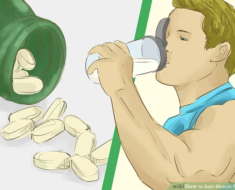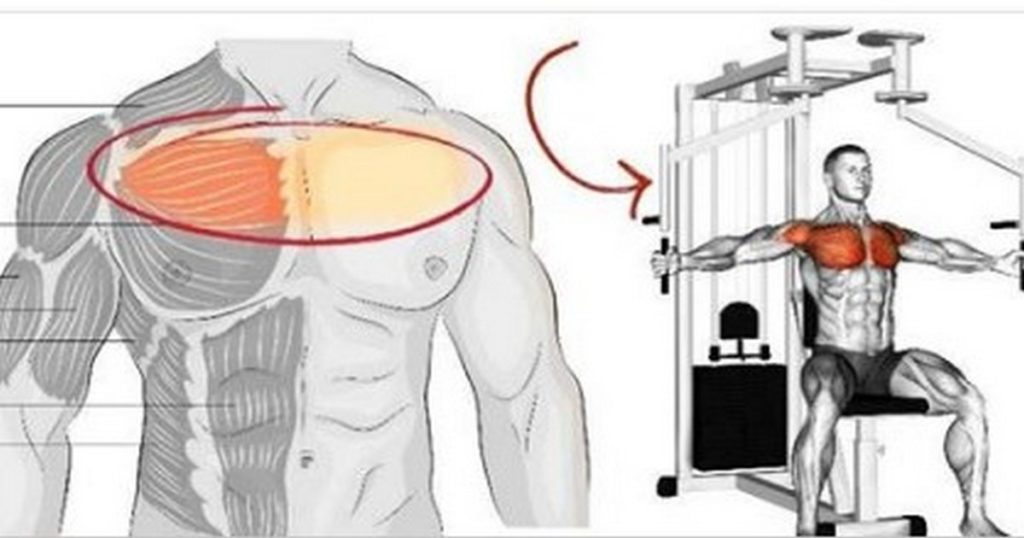11. Chia Seeds
Chia seeds contain 7 grams of protein in two tablespoons. For such a small size of seed, they contain a large amount of protein in them. Moreover, they contain linoleic acid; a type of omega-3 fatty acid that is found inside plants. This fatty acid helps in triggering the release of leptin, which is a hunger-regulating hormone. This hormone is responsible for sending signals to your body and alerting it to start burning fat instead of storing it.
12. Steel-Cut Oats
Steel-cut oats contain 6 grams of protein in a quarter cup. Not only are they a great protein source, they come with a lower glycemic index as compared to rolled oats, meaning no big blood sugar spikes. Plus, they keep you full for a long time, which means you will have fewer cravings. For a sweeter recipe, you can add several delicious fruits, such as cranberries, peaches, blueberries, etc. If you prefer the savory kind then you can add spices and various veggies, such as carrots, peas, potatoes, etc.
13. Cashews
Cashews contain 5 grams of protein in a quarter cup. Not only do they have a decent amount of protein, cashews can also help fulfill about 20% of your daily magnesium requirement, including 12% of your daily vitamin K requirements as well. These two nutrients are highly important when it comes to your growth and bone health.
14. Pumpkin Seeds
Pumpkin seeds contain 6 grams of protein in a quarter cup. They are an ideal choice for a healthy protein snack. Plus, they contain numerous minerals as well. For instance, they fulfill half of the everyday magnesium requirement, including zinc as well. This helps in boosting the immune system of the body. They also contain tryptophan and omega-3 fatty acids, which helps in improving the quality of one’s sleep.
15. Potatoes
Potatoes contain 5 grams of protein in one medium potato. Potatoes always get a bad rep, but they are actually good for you when eaten in a moderate amount. They make a great side dish and have a decent amount of protein in them. A medium-sized potato contains about five grams of protein, including 20% of your daily magnesium requirement. This offers many heart health benefits for the body.
16. Spinach
Spinach contains 4 grams of protein in a half cup, when cooked. This amount might seem a bit less, but for a green vegetable that’s pretty decent. You can make so many other recipes with spinach besides a salad. For instance, you can cook spinach with cheese, which will not only taste delicious, it will also increase its protein content.
17. Organic Corn
Organic corn contains 3 grams of protein in a half cup. Similar to potatoes, corn also gets a bad rep when it comes to not having any nutritional benefits. However, when served with protein-rich veggies and legumes, you can have a delicious nicely-balanced plant-based meal. As always, go for the organic option that’s non-genetically modified.
18. Avocados
Avocados contain 2 grams of protein in half a piece of a medium avocado. They are incredibly fulfilling, creamy, and delicious, thanks to the high monounsaturated fatty acid content and a little bit of protein. You can incorporate them in a mojito smoothie or use them to make tasty guacamole.
19. Broccoli
Broccoli contains 2 grams of protein in half a cup. For a green vegetable, it has a decent amount of protein. Besides protein, broccoli also contains a great content of fiber. In addition to that, broccoli also contains sulforaphane and other great anti-cancer compounds. You can combine broccoli with peanuts in a salad in order to increase the protein content. This way you get to incorporate two protein-rich foods into one easy meal.
20. Brussels Sprouts
Brussels sprouts contain 2 grams of protein in half a cup. They are always neglected for not having a good taste, particularly after they have been frozen. However, they contain a chock-full of power-packed nutrients. Other than protein, they are filled with large amounts of potassium and vitamin K.





![[adinserter block="3"][mashshare]](https://easymuscletips.com/wp-content/uploads/2020/10/What-to-Eat-Before-Bed-to-Maintain-Muscle-1-235x190.jpg)
